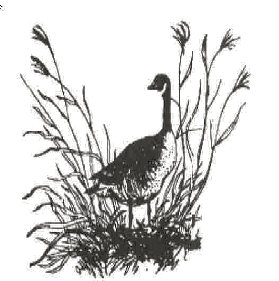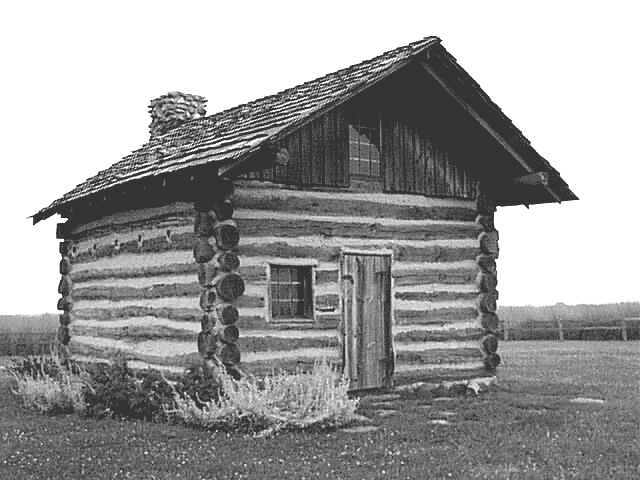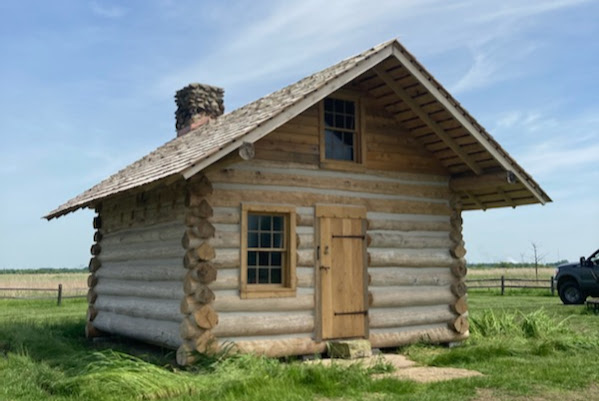Goose Lake Prairie Partners, Inc.
Volunteers at Goose Lake Prairie State Natural Area
5010 N. Jugtown Road off Pine Bluff Road, Morris, IL 60450
Site Index:
Park Programs
Fundraisers
Prairie Partner Activities
Cabin Festival
Nature Photo Contest
Prairie Day
Holiday Party
Gift Shop
Hiking Trails
Nature Study
Fishing & Hunting
Donors & Donations
Tallgrass Journal
Take only Memories. Leave only Footprints. Thank You
Very Kindly.
Early settlers to Illinois, in an attempt to describe the unfamiliar terrain they were encountering, referred to it as “a sea of grass with pretty flowers.” Today, Goose Lake Prairie State Natural Area serves as testimony to the prairies that once covered nearly 60 percent of the state.
Located in Grundy County, Goose Lake Prairie is approximately 50 miles southwest of Chicago and 1 mile southwest of the confluence of the Kankakee and Des Plaines rivers. More than half of Goose Lake Prairie is a dedicated nature preserve, protected by law for future generations from any change to the natural environment. In addition to furnishing a look into Illinois’ past, the prairie provides important nesting habitat for endangered or threatened species of birds, such as the upland sandpiper and Henslows sparrow.
History
Goose Lake Prairie was sculpted by glaciers. The flat landscape with its clay-based soils was formed as the last vast sheets of ice melted more than 14,000 years ago. The area became part of a continuous grassland that stretched from Indiana to the Rockies.
At one time, well over half of Illinois was covered with prairies, earning it the nickname of “The Prairie State.” Goose Lake Prairie, whose original 240 acres were purchased by the state in 1969 and which now totals 2,537 acres, is the largest remnant of prairie left in Illinois. Buffalo, wolf and prairie chicken once inhabited the area that is now Goose Lake Prairie.
Mound-building groups of Native Americans lived northwest of the area in what is now Morris. Tribes of the Illini confederation intermittently inhabited the area, hunting and planting corn, squash and beans. They and other Native Americans, including the Potawatomi led by Chief Shabbona, existed with the land, making few permanent changes.
Settlers, relying on the land for their livelihoods, made drastic changes to the area: they planted trees to serve as windbreaks and fences for their farms; in an effort to gain more farmland, they drained the 1,000-acre Goose Lake into non-existence; they removed the underlying clay, first to make pottery and jugs and later for fire brick; they mined coal beginning in the 1820s and in 1928 began strip mining the land.
Goose Lake Prairie State Natural Area is a study in contrasts. Tall Grass Nature Trail displays the largest stand of tall grass prairie remaining in Illinois. From the trails you will see the ponds and marshes that resulted from the 1890 decision by local farmers to drain Goose Lake. Prairie View Trail takes you to the highest point in Goose Lake Prairie - a strip mine spoil mound - and offers a panoramic view of reclaimed mine areas, prairie and prairie marsh.
Visiting Goose Lake Prairie today is much like seeing the Prairie State as it was 150 years ago. Tall prairie grasses, including big bluestem, Indian grass and switch grass, make up 60 percent of the prairie. By far the tallest of these is prairie cord grass, commonly reaching heights of 8 to 12 feet. When you're near 2-foot-tall northern prairie dropseed, you may get the sudden urge to see a movie - its seeds smell like hot buttered popcorn.
Broad-leaved flowering plants, known collectively as forbs, compose the prairie’s other 40 percent. Cream false indigo, shooting star and violets are the first to bloom toward the end of April or early May, while New England asters and goldenrod bring up the rear of the colorful display in early September. Autumn is a lovely time on the prairie - some say its the prettiest season of the year - as prairie cord grass, big bluestem, switch and other grasses turn bronze and gold.
Wildlife sightings are the order of the day at Goose Lake Prairie. Animals
living here include deer, coyote, red fox, cottontail rabbit, muskrat, beaver
and badger. Barred owls, Kestrels, red-tailed and marsh hawks are among the
birds of prey you may see. Marsh birds such as red-winged blackbirds, killdeer,
great blue herons and great egrets might be spotted in the warmer months, while
waterfowl species include Canada geese, wood ducks, mallards and blue-winged
teals. In addition to the area’s year-round inhabitants like ring neck pheasants
and northern bobwhites, migrating birds include catbirds, eastern kingbirds and
a variety of warblers.
The marsh is home to turtles, snakes and frogs, while
butterflies frolic among the flowers each spring and summer. Rare papaipema
moths, previously thought to be extinct, have been found here.
The Cragg Cabin, the cabin with a story to tell.
A reconstructed cabin at Goose Lake Prairie stands as a monument to the pioneer spirit.
.jpg) |
 |
| This photo, donated to the Goose Lake Prairie State Natural Area by the Cragg Family, shows the original location of the cabin | .This photo, taken in 2005 is the reconstructed cabin at the Prairie Park. |
